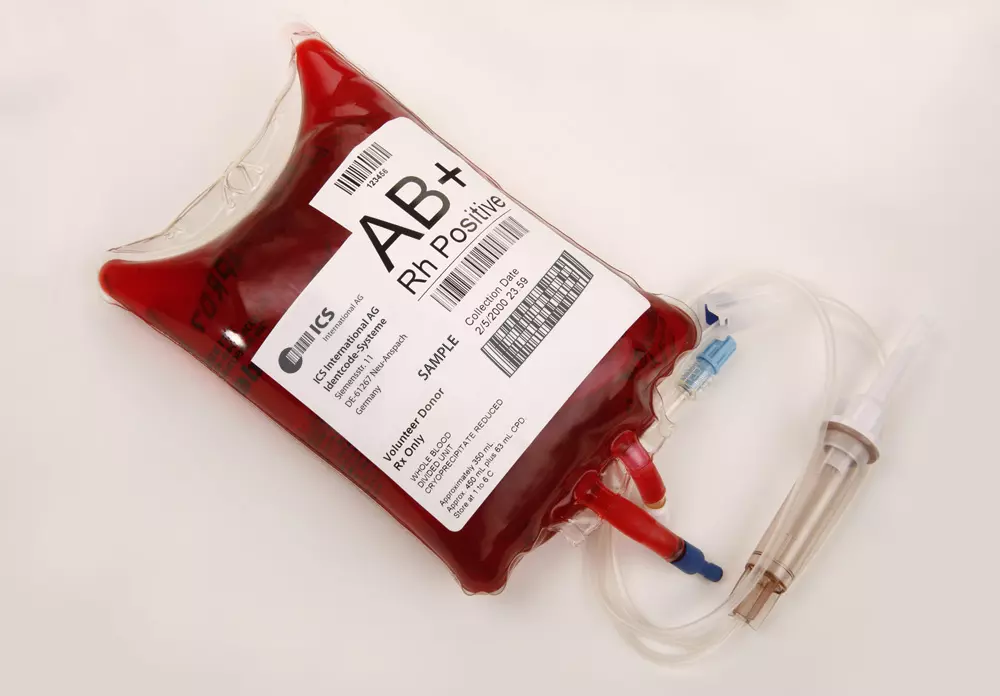1. Rule out an underlying cause
- Occult gastrointestinal bleeding (always in men, and post-menopausal females). For pre-menopausal females, consider if the degree of anaemia is out of proportion to dietary intake and menstrual blood loss.
- Menorrhagia in pre-menopausal females. Take a detailed menstrual history including cycle length, number of bleeding days, flow and presence of clots. Menorrhagia may require specialist gynaecological management, especially if there is an anatomical cause (e.g. fibroids).
- Exclude other sources of bleeding
- Take a detailed dietary history. Foods which are rich in iron include red meat, fortified cereals, legumes, spinach and tofu.
2. Iron supplementation
- Oral iron supplementation is usually sufficient for most people. Iron-deficient individuals usually require 200mg of elemental iron per day, in divided doses. Different iron preparations contain varying quantities of elemental iron; it is hence important to dose iron replacement based on the amount of elemental iron in each preparation.
- Oral iron supplementation is often poorly-tolerated due to gastrointestinal side-effects (nausea, vomiting, constipation, abdominal cramping). These side-effects can be addressed by reducing the dose and frequency of elemental iron prescribed. A minimum of 60mg elemental iron per day should be prescribed (Camaschella, 2019).
- Intravenous iron can be considered in patients who are intolerant of, or who do not respond to oral iron. Compared to oral iron, there are almost no gastrointestinal side-effects, and the effect is more rapid.
- A randomised, double-blind controlled trial of intravenous ferumoxytol versus ferric carboxymaltose in iron-deficient patients who had failed oral iron therapy found that the ferritin levels peaked at 2 weeks post-infusion, declining but still remaining at 5 weeks post-infusion. The least-squares mean change in haemoglobin was 1.4-1.6g/dL at 5 weeks (Adkinson et al., 2018).
- Newer, low-molecular weight iron dextran preparations have a much lower incidence of hypersensitivity reactions than older, high-molecular weight preparations; they are much safer for routine use and premedication is not generally required (Auerbach and Ballard, 2010).
- There is a theoretical risk of infection as bacteria and other infectious agents require iron as a growth factor. Meta-analysis data has shown no increased risk of infection with IV iron (Avni et al., 2015).
- Hypophosphataemia has been reported with certain preparations of IV iron. However, clinical sequelae of hypophosphataemia are usually asymptomatic or mild.


Leave A Comment